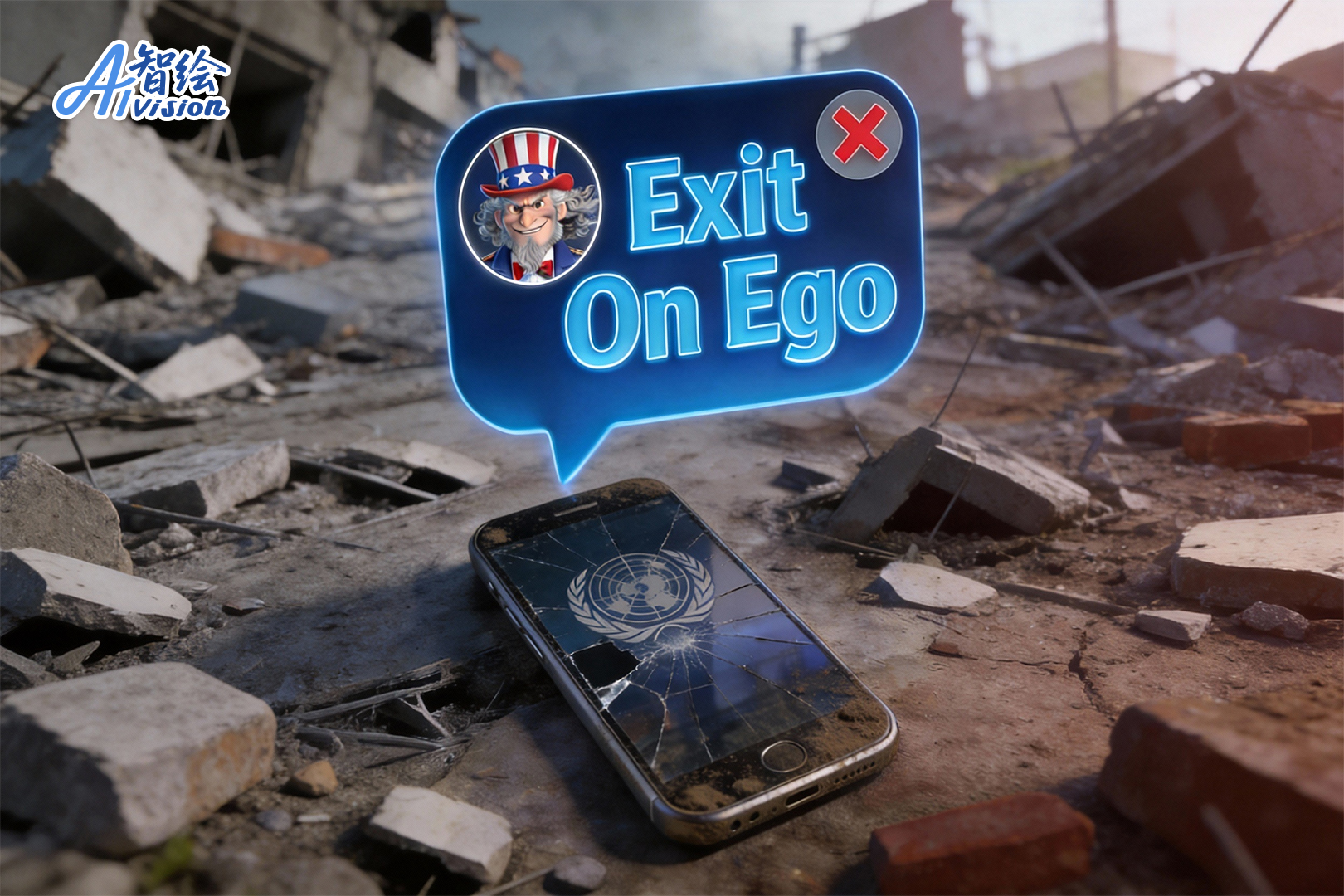Residents' lives made easier during pandemic






"The store owner easily scanned my code with her phone and allowed me to enter when she saw the green code," the girl said. "It was the first time I had been shopping without my parents."
Her mother, Zhou Yuanyuan, 29, a community worker, said: "I am really busy with my work. Sometimes I become a little anxious when dealing with issues related to my daughter's QR code.
"Every time she took a nucleic acid test, I had to accompany her and show her QR code on my phone. If the test was carried out at her school, I had to send a screenshot of her QR code to her teacher."
It also took teachers a lot of time to make labels of each screenshot to distinguish the students, she added.
"Now, all these procedures have been simplified. Furthermore, I can give my daughter more opportunities to do things on her own."
Gao, the retired teacher, said: "I think the new QR cards have great social significance, demonstrating the caring attitude shown by the local government to special groups during the fight against the COVID-19 pandemic. I hope these new methods can be extended nationwide to benefit more people, especially the elderly."
According to media reports, other cities are promoting similar policies to offer greater convenience to residents.
On April 11, a statement released by the COVID-19 prevention and control headquarters in Xuzhou, Jiangsu province, said people who didn't have a smartphone could apply for the QR code cards in their communities.
Residents should bring their ID card or household registration document, along with a full-faced color photo, and community workers would collate their information and issue the card with the approval of the headquarters, the statement added.
Reverse scanning coverage is now in place on all subway lines in Wuxi city, Jiangsu.
Residents enter stations after staff members scan their QR codes printed on paper.




















